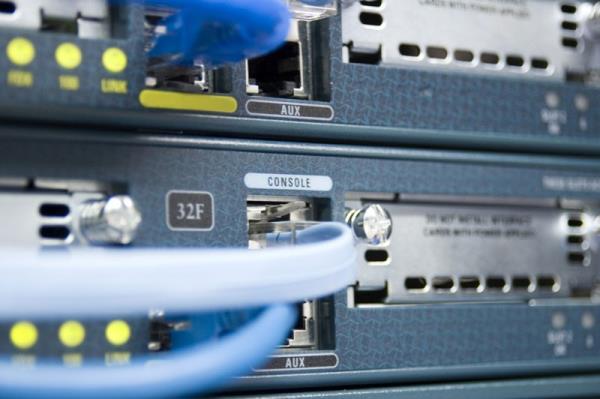23 April 2025

This shift is critical as the International Energy Agency (IEA) estimates that data centres could consume 945 terawatt-hours (TWh) of electricity annually by the end of the decade — three times the current demand for the entire UK.
The surge in energy demand is largely fuelled by the rapid adoption of artificial intelligence (AI) technologies, which is expected to place increasing pressure on European power grid capacities. Data centre owners and managers are consequently re-evaluating their strategies to ensure cost efficiency, operational resilience, and stability in the face of significant grid connection delays across the continent.
Aggreko's latest whitepaper, "Bridging the Energy Gap for European Data Centres," outlines how on-site power generation could help data centres overcome these delays and accelerate their decarbonization efforts. However, the challenge of sourcing appropriate equipment may dissuade companies from investing in permanent solutions, putting projects at risk.
Billy Durie, Aggreko's Global Sector Head for Data Centres, highlighted that grid connection delays are a prevalent issue in both Tier 1 and Tier 2 markets, with demand consistently outpacing supply: “without a solution, projects across Europe risk stalling, which can lead to fines, reputational damage, and various operational challenges.”
Durie emphasizes that decentralized energy provisions are already essential in overcoming these delays, but specifying the correct equipment, such as Stage V generators and Battery Energy Storage Systems (BESS), presents further challenges. He cautioned that high energy prices are straining the industry, and relying on inefficient utility equipment could exacerbate financial pressures.
To effectively address these challenges, Aggreko recommends that data centre operators leverage third-party expertise within the supply chain to stay updated on the latest developments and adapt to evolving industry needs. This involves ensuring that suppliers can rapidly deploy energy-efficient and scalable technologies on a hire basis to meet urgent requirements.
Additionally, advanced energy management systems can facilitate real-time monitoring and optimization of energy usage, with predictive analytics empowering operators to make informed decisions about equipment procurement.
Durie asserted that integrating these solutions from the design phase through full operation enables stakeholders to avoid disruptions while enhancing site resilience. He urged decision-makers to focus on the long-term strategic benefits of decentralized energy equipment, especially in light of the pressing need to decarbonize grids.
As AI becomes more central to operations, the industry must ensure that it does not regress in the progress made towards a clean energy transition. Collaboration will be crucial for stakeholders to remain aligned with net-zero decarbonization targets while navigating grid strain and connection challenges.
Conclusion
Aggreko emphasizes the importance of sharing expertise and resources between operators and utility solution providers to uncover solutions that address the challenges facing the European data centre market. By embracing decentralized energy solutions and innovative strategies, data centre operators can ensure a sustainable, resilient, and profitable future in a rapidly evolving energy landscape.










